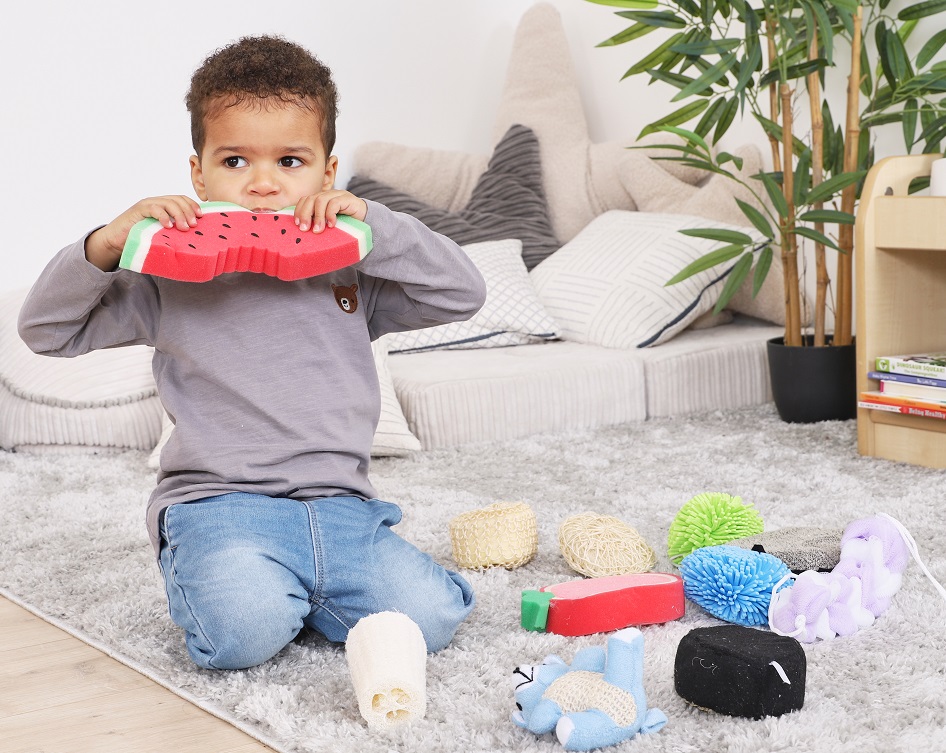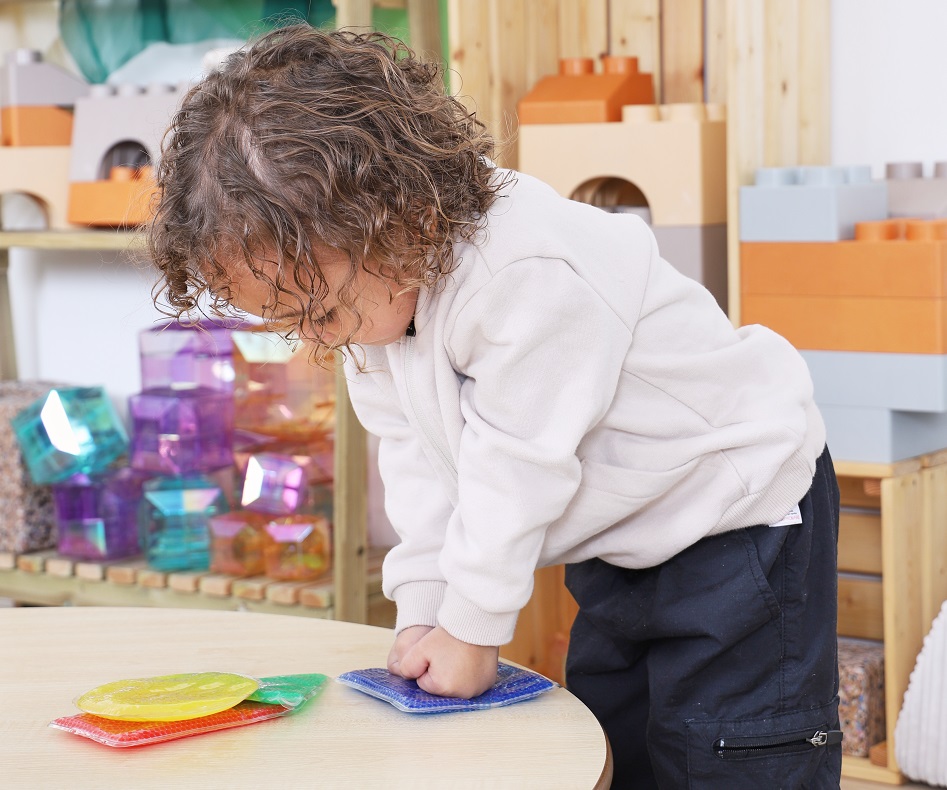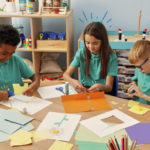The first step to providing safe spaces is to know the child in front of you, remembering that each of our neurodivergent children are unique, will present with different strengths and needs, and will require different things from you as their trusted adult and the space around them. So, before we do anything, consider:
- What are their emerging needs?
- How does their neurotype impact them?
- How is this environment currently impacting them?
- What is their sensory profile?
- Are they a sensory seeker or avoider?
- What does dysregulation look like for them?
- When they are dysregulated, what do they need?
- What is their communication preference?
- What is their preferred play type or schema?
Use this as your starting point to assess the specific need before, we can then create the space around the child.
Sensory differences
Sensory differences are part of many neurodivergent children’s profile and therefore we need to know the impact of sensory stimulation for each child. We have eight sensory systems that influence our behaviour and response to sensory stimulus and for our neurodivergent children, often their need for input or avoidance of any one of these systems is very clear. We just need to know what we are observing in front of us.
You will have seen the child who finds loud noises overwhelming, the child who doesn’t want to engage in messy play, the child who likes to chew objects, the child that doesn’t like the feel of certain materials on their clothes. But are you aware of a child’s need to spin, be upside down, or the child pushing, pulling, squeezing others or throwing large objects, or the child who doesn’t drink without being reminded, or will not remove clothes when they are hot? These are potential indicators also of a sensory need linked to the vestibular, proprioceptive, or interceptive sensory systems.
Vestibular – The sense of movement
The vestibular system is located in the inner ear and supports our coordination, our balance and special orientation. Our brains and bodies receive stimulus through our eyes, ears and our vestibular system (balance and movement) and all of this input combined allows us to work out where we are. Are we too close to something? Are we moving or standing still?
Proprioception – The sense of body position
This is located all around us, within our skin, our muscles, joints and ligaments. Our bodies use the receptors in these areas to send the messages to the brain to tell us what pressure we need to carry out a task, where our limbs are in relation to the rest of our body and also helps us with coordination.
Interoception – the internal senses, what’s going on inside
This is the sense that sends the signals from the receptors located within your inner organs to the brain and tells us how to respond. Telling us if were hungry, if were too hot or cold or if we need to toilet. Children with sensory processing disorder find it difficult to interpret the messages and therefore respond the way we would expect them too.
Understanding that we each have 8 sensory systems can be a game changer in the support you provide the children in your setting. When we fully understand the complex sensory processes that can be impacted by differing neurotypes, you will gain an understanding of behaviours, dysregulation, calm, stillness and a window into knowing what each child needs from you to prevent a continuous high state of alert.

Cheryl has worked within the early years sector for three decades, her training is award winning and she use her professional and personal experiences of parenting children facing additional challenges, within her work.
Cheryl is passionate about ensuring all our children are in environments that are affirming and where they can thrive.




